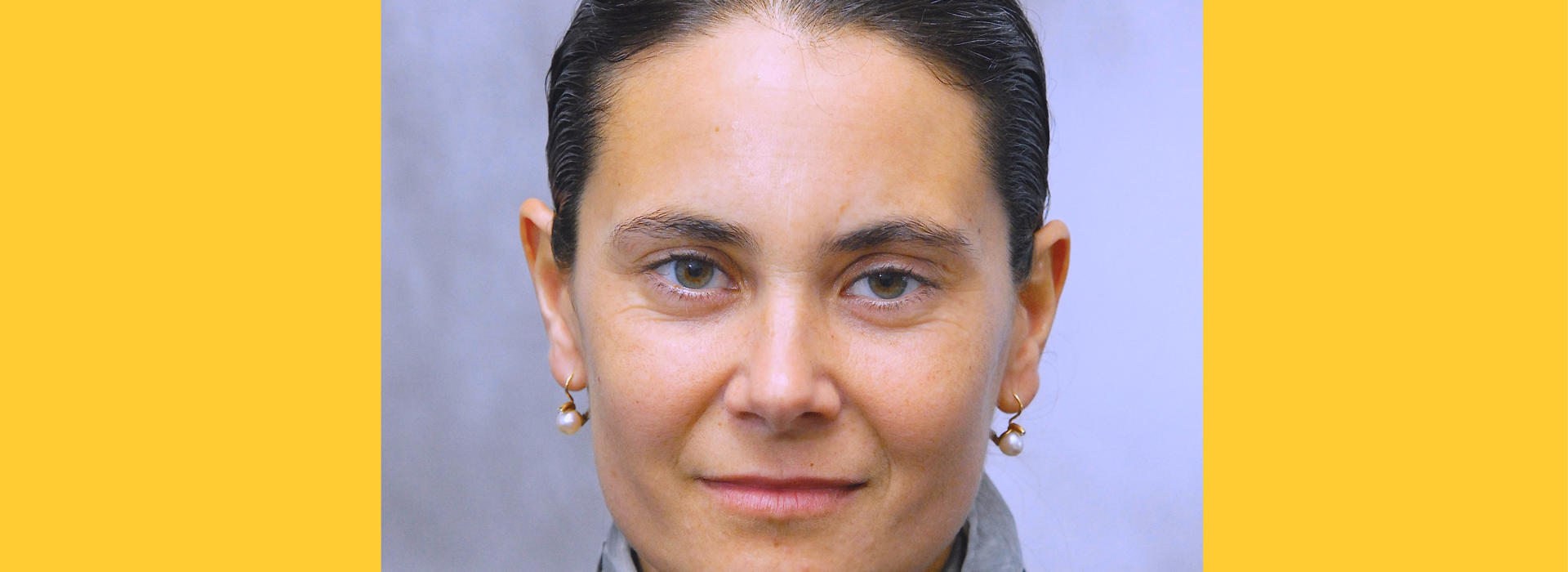
SciPride Showcases LGBTQIA+ Scientists, Researchers at the University of Minnesota
Mojca Remskar, MD, PhD, MACM (she/hers), professor and executive vice chair in the Department of Anesthesiology, has placed an emphasis on trainee education throughout her career, even serving as the department’s residency program director for a decade at the University of Minnesota Medical School.
“Some of the research interests that come with that include my submission to SciPride, which explores how we select residents,” Dr. Remskar said.
Dr. Remskar’s project, “Situational Judgement Test use in Resident Selection Process,” is a video presentation that will be released as part of this year’s virtual SciPride event. In honor of Pride Month, the Bell Museum — in partnership with the Medical School and other U of M institutions — will celebrate the scientific contributions of the LGBTQIA+ community at the U of M.
A showcase of the work of these scientists and engineers will be shared online during the week of June 21. Dr. Remskar’s project uses a situational judgment test developed locally and validated nationally as a new component of the Department of Anesthesiology’s resident interview process. The hope is that this testing provides a more equitable playing field for students from diverse or underrepresented backgrounds in medicine.
“Situational judgment is a tool that objectively measures dimensions of professionalism,” Dr. Remskar said. “In the past, there wasn’t a whole lot of objective data that would speak to the dimensions of professionalism, such as teamwork, communication skills or stress management.”
Situational judgment testing is becoming increasingly common across medical institutions. The Association of American Medical Colleges administers its own, which is recommended for applicants at the University of Minnesota Medical School. These tests help to give a more holistic view of applicants, including traits like reliability, service orientation and resilience.
“Besides the usual measures, such as exam performance, letters of recommendation and personal statements, we added the situational judgment test into the interview process to determine how we could practically use it,” Dr. Remskar said.
One of the focuses of Dr. Remskar’s research includes how a situational judgement test might be weighted compared to other aspects of the interview process, like knowledge or patient skills, and how that impacts ranking lists.
“This particular test sparked my interest because I wanted to really emphasize — and I believe — that an excellent physician has a very high level of competence in professional dimensions,” Dr. Remskar said. “This is a very important and often underemphasized component because of all the other knowledge-based skill sets, which are much easier to measure.”
How each dimension of the interview process is weighted and its impact on ranking could help residency program directors determine which dimensions they want to prioritize, utilizing this additional tool as part of their objective measures.
“Doing really well on a test doesn’t tell me anything about what kind of physician you may be,” Dr. Remskar said. “So, something like a situational judgment test does give opportunities to everyone equally by measuring different dimensions, which are really character dimensions.”
This is Dr. Remskar’s first time participating in the SciPride event. You can view her presentation, and many more, the week of June 21.
“In the past year, there’s been a lot of diversity, equity and inclusion activity at the University of Minnesota, so I’m very excited about the time we’re in,” Dr. Remskar said. “I think that the Medical School’s Vice Dean for Diversity, Equity and Inclusion, Dr. Ana Núñez, understands how to approach it and how to move things in the right direction, which is extremely important. Changing culture is a long-term process, it won’t happen overnight. It takes a lot of patience and effort.”